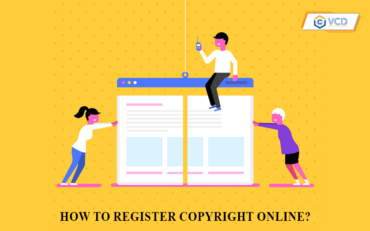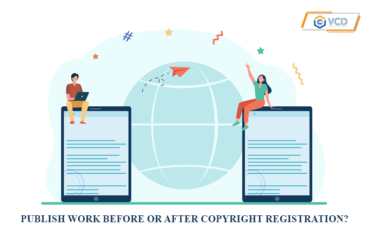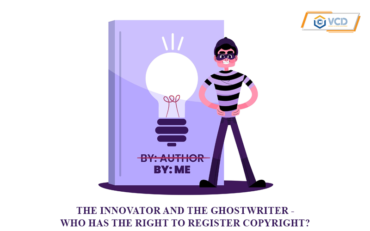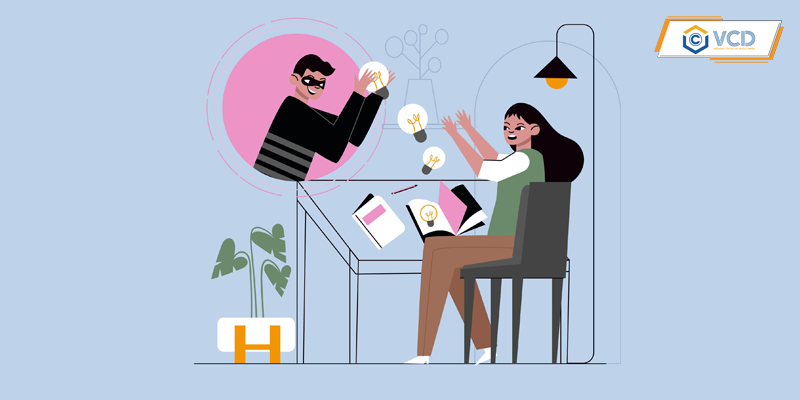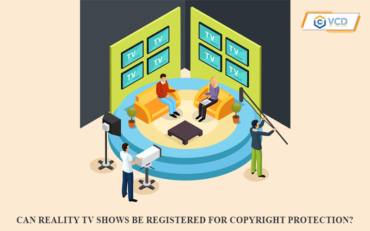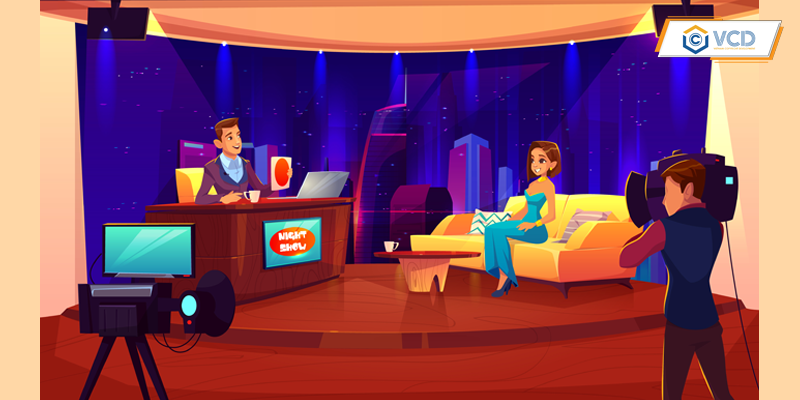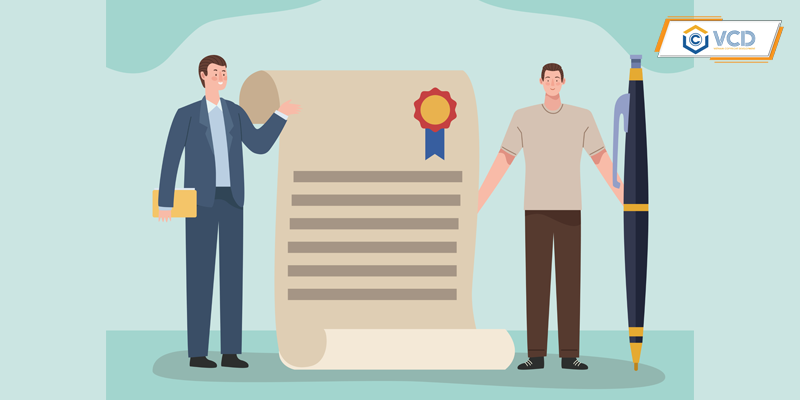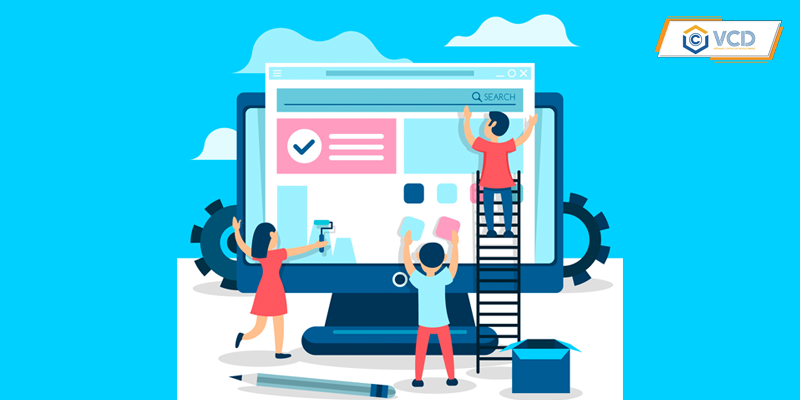How to register copyright online?
In Vietnam, the number of creative works is increasing and diversifying in genre and form. Although authors pay more and more attention to protecting their works, many people still do not fully understand the relevant legal regulations, leading to the inability to protect their works comprehensively. Currently, online copyright registration has just been officially implemented through the online public service portal of the Ministry of Culture, Sports and Tourism and this is a mandatory procedure before submitting a direct application as usual. So, how to register copyright online? Please follow the article of VCD below.
1. What is copyright registration?
Copyright registration is an activity to mark your ownership of the work you create. Copyright arises from the moment a work is created and expressed in a certain material form, regardless of content, form, medium, language, whether published or not, registered or not. Registering copyright protection for a work means declaring one’s legal ownership of that work.
2. Subjects have the right to register copyright.
Pursuant to Clause 1, Article 49 of the current Law on Intellectual Property, it is stipulated that: Copyright registration and related rights registration is the act of an author, copyright owner, or related rights owner submitting a dossier to a competent state agency to record information about the author, work, copyright owner, or related rights owner.
Therefore, subjects allowed to register copyright include authors and copyright owners. According to the provisions of Clause 1, Article 13 of the Law on Intellectual Property, authors and copyright owners are individuals or organizations related to the creation of works, specifically including:
- The author is the copyright owner;
- Co-authors also have the right to own copyright;
- The organization or individual who assigns the task to the author or signs a contract with the author is the copyright owner;
- The copyright heir;
- The person to whom the copyright is assigned;
- The State can also be the copyright owner.
According to the above provisions, authors and copyright owners can be Vietnamese organizations or individuals, as well as foreign organizations and individuals whose works are first published in Vietnam and have not been published in any other country or are simultaneously published within thirty days from the date the work is first published abroad. In addition, foreign organizations and individuals whose works are protected in Vietnam under international copyright treaties to which the Socialist Republic of Vietnam is a member are also included (Clause 2, Article 13 of the Law on Intellectual Property).
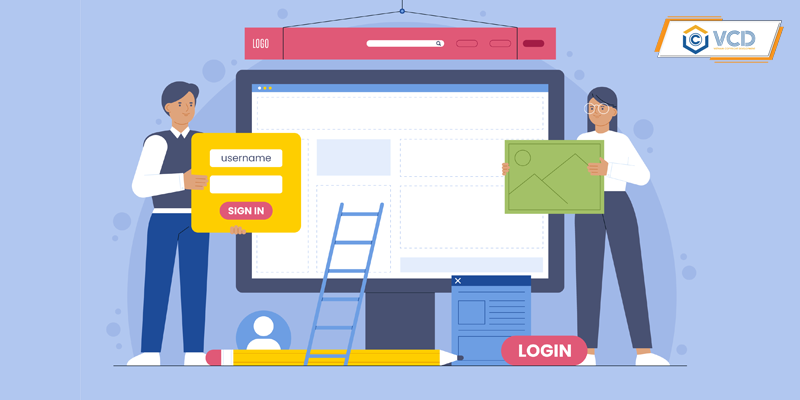
3. How to register copyright online?
Currently, according to the provisions of the Law on Intellectual Property, when submitting a copyright registration application, it is mandatory to submit the application online on the National Public Service Portal to get the application code and then submit the hard copy offline.
When submitting an online copyright registration application, individuals and organizations need to prepare the following documents:
- A registration form with complete information about the author, owner, and information related to the subject of copyright registration (01 copy).
- A copy of the work expected to be registered for copyright online (02 copies).
- Document proving the right to file an application by the author (which can be a guarantee) or by the copyright owner (which can be a declaration).
- Written consent of the authors or owners in case the work has more than one author or copyright owner.
- Power of attorney (or authorization contract) if submitting an online copyright registration application through a representative.
Steps to register copyright online include:
- Step 1: Create an account on the online public service portal.
- Step 2: Log in to the granted account, access the Copyright Office’s website and select “Issuing a certificate of copyright registration”.
- Step 3: Enter contact information along with personal information or information of the organization submitting the application.
- Step 4: Enter the registration content and attach the necessary documents.
- Step 5: Select the method of sending and receiving the copyright registration application.
- Step 6: Submit the copyright registration application online.
In the case of submitting an online copyright registration application, the author or copyright owner not only needs expertise and experience to avoid wasting time and effort in the process of declaring, supplementing and completing the application. After submitting the copyright registration application, you still need to send a paper copy of the application by post or submit it directly to the Copyright Office. This process can be time-consuming and directly affects the results of the Certificate issuance.
Recognizing the difficulties and problems that registrants often encounter, VCD – a copyright representative organization licensed and recognized by the Copyright Office, operating under the provisions of the Intellectual Property Law, is always ready to support and provide copyright registration services for all individuals and organizations at home and abroad.
Above is the article “How to register copyright online?” that VCD sends to you. We hope this article is useful to you.
Sincerely,

